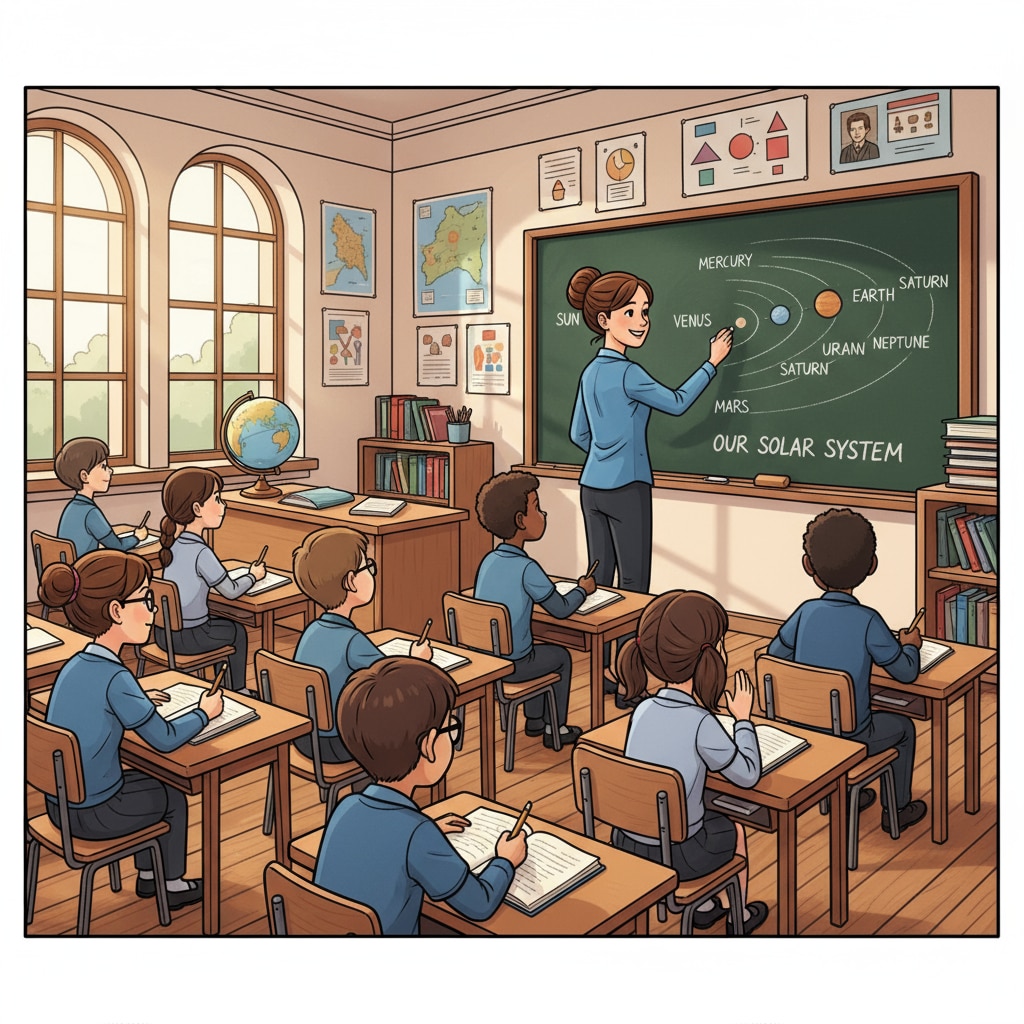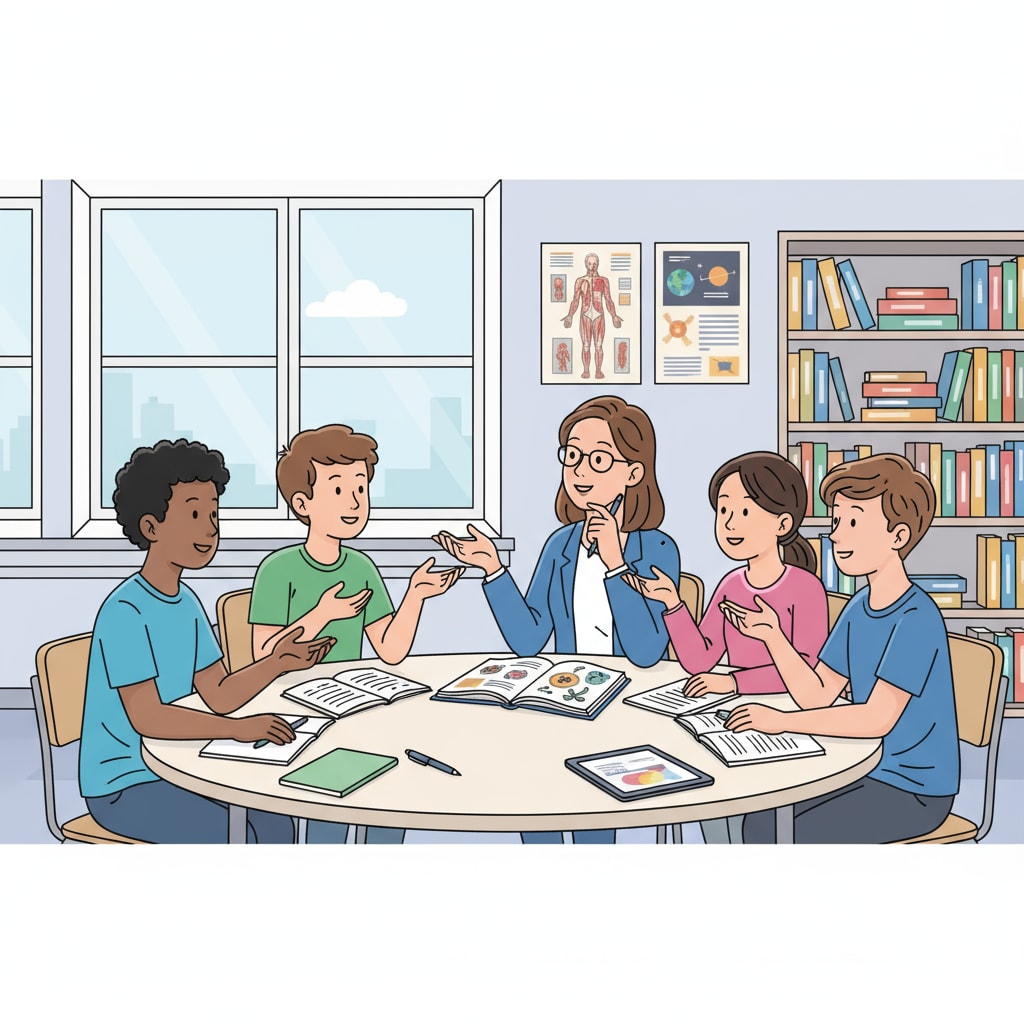Teaching methods, technology, and learning outcomes are intertwined aspects of modern education. In the realm of K12 education, educators are constantly faced with the dilemma of choosing between traditional and modern teaching methods. Let’s explore this further.

The Allure of Traditional Teaching Methods
Traditional teaching methods have been the cornerstone of education for centuries. One of their main advantages is the face-to-face interaction between teachers and students. This personal connection, as Classroom interaction on Wikipedia details, allows teachers to closely monitor students’ progress, answer their questions in real-time, and provide personalized feedback. For example, in a history class, a teacher can engage students in a lively discussion about historical events, fostering a deeper understanding of the subject matter.

The Rise of Modern Teaching Methods
Modern teaching methods, on the other hand, are often driven by technology. Technology has revolutionized the way we learn. Online learning platforms, educational apps, and interactive whiteboards are just a few examples. These tools, as Educational technology on Britannica mentions, offer a wealth of resources and make learning more engaging. For instance, a science teacher can use virtual labs to let students conduct experiments that might not be possible in a traditional classroom setting, enhancing the learning experience and improving learning outcomes.
However, modern teaching methods also have their drawbacks. The over-reliance on technology can sometimes lead to a lack of personal interaction. Students may feel isolated, and it can be challenging for teachers to ensure that every student is actively engaged.
In addition, not all students have equal access to technology, which can create a digital divide and affect learning outcomes negatively.
To make the best of both worlds, educators can consider creating a “hybrid optimal teaching model”. This involves combining the strengths of traditional and modern teaching methods. For example, a teacher can start a lesson with a traditional lecture to introduce key concepts and then use technology, such as educational games or online discussions, to reinforce learning.
Readability guidance: By presenting the information in this way, we can clearly see the pros and cons of each approach. Using short paragraphs and lists helps summarize the key points. The inclusion of external links provides additional resources for further exploration. Transition words like “however” and “in addition” help to connect ideas smoothly.


